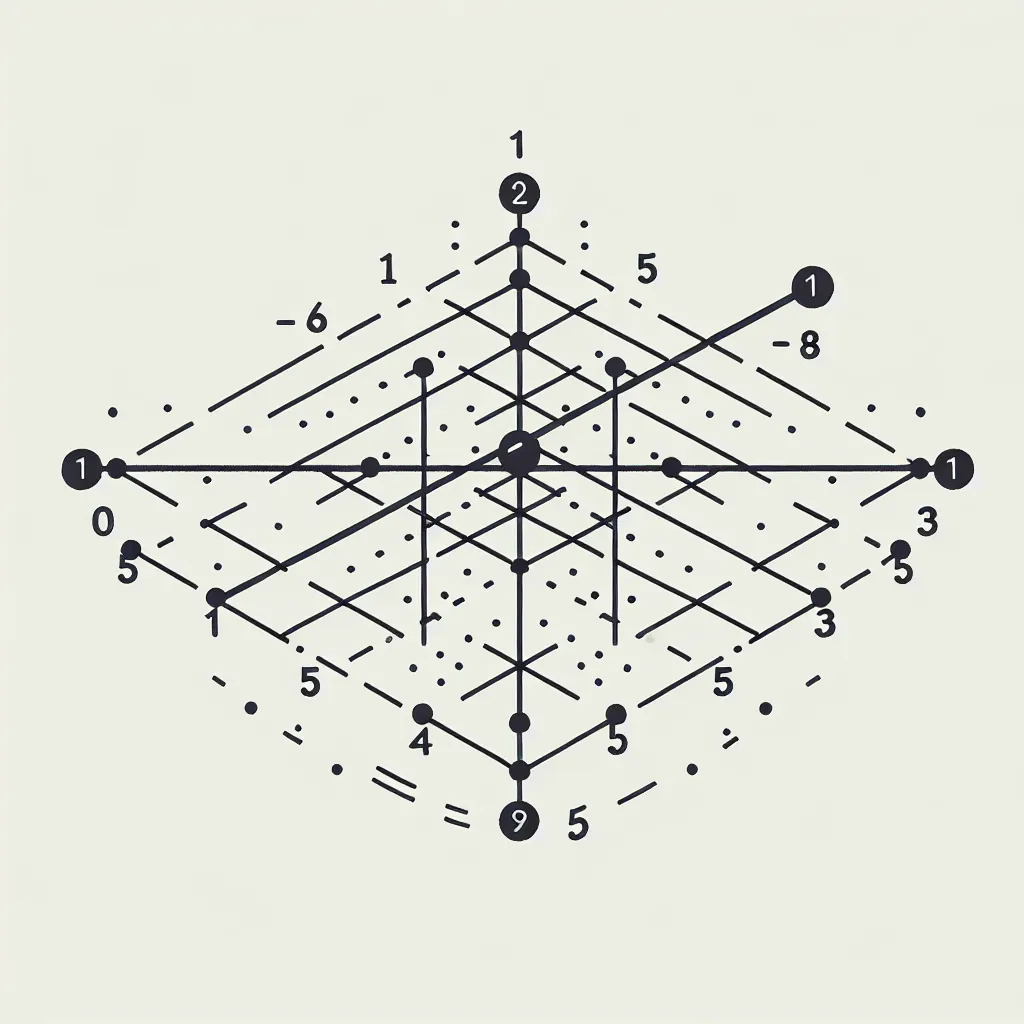Ask AI on The Internet
Question: The mid-points of AB and DC of parallelogram ABCD are E and F respectively. AF and EC intersect the diagonal BD at points P and Q respectively. BP:PD = How much?
The problem involves a parallelogram, where two internal lines intersect one of the diagonals. To find the ratio of BP:PD, we needs to apply the principles of geometry. The mid-point theorem or mid-line theorem in triangles will be relevant here. According to the mid-point theorem, the line segment connecting the midpoints of two sides of a triangle is parallel to and half the length of the third side. Since E and F are the midpoints of AB and CD in parallelogram ABCD, EF is parallel to both AC and BD (since these are diagonals of a parallelogram and diagonals of a parallelogram bisect each other), and also its half in length. Diagonals of a parallelogram divide it into two congruent triangles. In this case, it would be ΔABD and ΔCDA. Since P and Q are the points of intersection on the diagonal BD, it divides triangle ABD into two smaller triangles - ΔABP and ΔPDA and triangle ECF into two smaller triangles - ΔECP and ΔPFQ. Now, since EF || BD and EF is half of AC and BD, P and Q will also be midpoints of AC and BD respectively (due to converse of midpoint theorem). As a result, BP = PD (P is midway on BD because Q is midway on AC) which implies BP:PD = 1:1.
A new large language model has been made available since this question was asked.
To generate an updated answer from the new model, click the button below.
Think your answer is better than the AI's? Post it below.
Other Most Relevant Posts:
 Ask AI: The majority of CAD programs use which of the following as a designated origin, or starting point?
(100, 100)
(360, 240)
(0, 0)
(-1, -1)
Ask AI: The majority of CAD programs use which of the following as a designated origin, or starting point?
(100, 100)
(360, 240)
(0, 0)
(-1, -1)
If you want your question answered by an AI, click here.






Post your own comment: